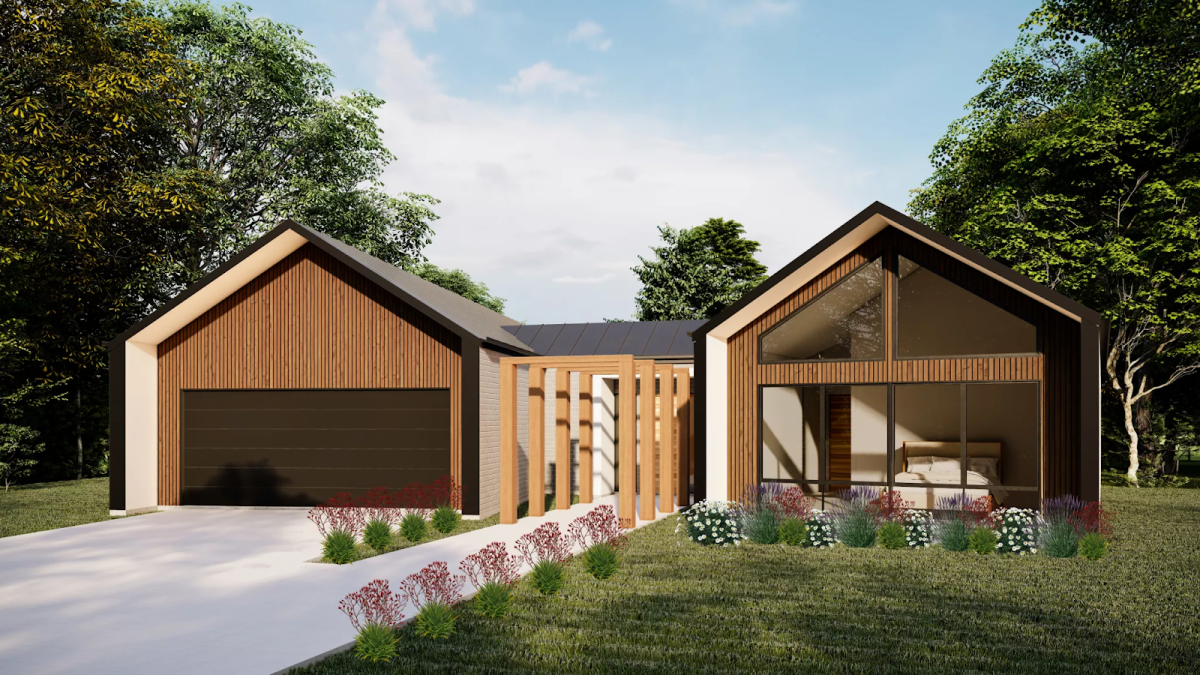
In an era where sustainability and environmental consciousness are paramount, homeowners are increasingly seeking ways to make their living spaces more eco-friendly.
The decisions you make during home improvements, from the materials you select to the architectural designs you adopt, can significantly impact your home’s carbon footprint.
One prominent choice that families consider for additional space without compromising their green values is the double storey extension, especially when approached with sustainability in mind. Let’s delve into sustainable choices you can make in your green home improvement journey:
1. Opt for a Double Storey Extension:
A double storey extension can effectively maximize space on a smaller footprint than sprawling single-story additions. This means preserving more of your garden and natural land. When planned right, with energy-efficient materials and design, it can be both an eco-friendly and space-maximizing solution.
2. Solar Power Integration:
Installing solar panels on rooftops or using solar tiles can drastically reduce your home’s reliance on non-renewable energy sources. Over time, they can also prove economically beneficial by reducing electricity bills.
3. Insulation is Key:
Ensure that your home, including any new extensions, is well-insulated. This keeps the house warm in winters and cool in summers, reducing the need for artificial heating or cooling. Eco-friendly insulation options include sheep’s wool, cellulose, and wood fiber.
4. Sustainable Materials:
Choose building materials that are renewable, recycled, or have a low environmental impact. Bamboo flooring, recycled glass countertops, and reclaimed wood are all stylish and sustainable choices.
5. Water Conservation:
Implement fixtures that reduce water usage, such as low-flow toilets, faucets, and showerheads. Consider setting up a rainwater harvesting system to reuse rainwater for gardening or flushing.
6. Energy-Efficient Windows:
Opt for double-glazed windows or those with energy-efficient coatings. They help maintain indoor temperatures and reduce the strain on HVAC systems.
7. Green Roofing:
Green or “living” roofs are not only aesthetic but also serve as insulation and help absorb rainwater, reducing runoff.
8. Choose Non-VOC Paints:
Volatile Organic Compounds (VOCs) in paints can release harmful chemicals into the air. Non-VOC paints are eco-friendly and healthier for indoor air quality.
9. Install a Smart Thermostat:
These devices learn your heating and cooling preferences over time, making HVAC systems more efficient and reducing energy consumption.
10. Landscape Sustainably:
Plant native species that require less water and care. Consider permeable pavers for driveways or patios to reduce water runoff.
Incorporating green solutions, from the expansive decisions like a double storey extension to the intricate choices of materials and fixtures, demonstrates a commitment to the environment and the well-being of future generations. With careful planning and consideration, eco-conscious families can create a home that is both beautiful and sustainable.
Jordan Avery
Related posts
Stay connected
Today's pick
- Things to Remember While Designing Your Custom Modular Kitchen in GurgaonGurgaon now known as Gurugram is the second largest city in the state of Haryana and is a reflectiossn of an ideal modern city with futuristic goals. Witnessing rapid urbanization, it has also emerged as a hub for contemporary homes, with homeowners seeking innovative and... The post Things to Remember While Designing Your Custom Modular […]

